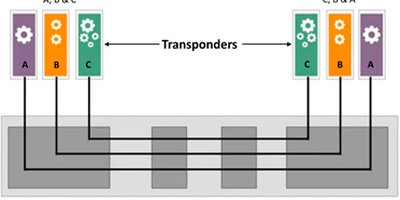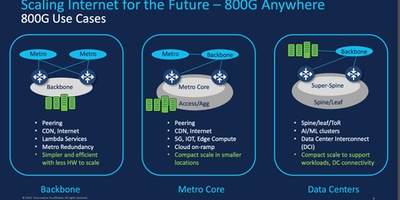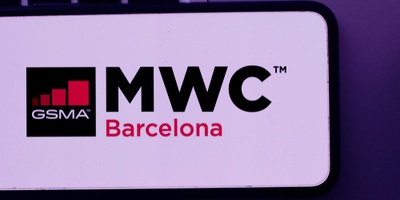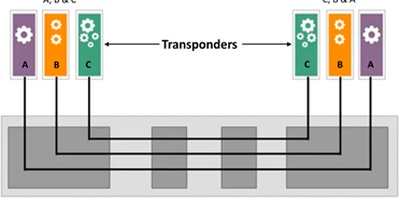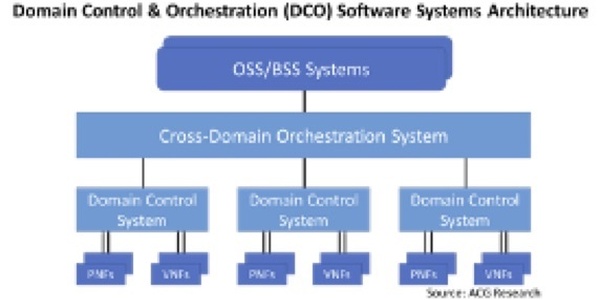
Domain Control and Orchestration is an emerging new software category, driven by the need to implement the automated hybrid physical and virtual networks of the future The operating environment for communications service providers (CSPs) is changing in profound ways. It’s important for CSPs to make their customers’ access to diverse cloud-based applications simple and automatic. It’s imperative for them to expand their reach and value by delivering a myriad of new service offerings with SD-WAN, 5G and IoT. And it’s critical for them to pursue this agility at scale by embracing a more open, nimble and software-driven suite of service delivery platforms that will give them the flexibility and the efficiency required to accomplish these goals. The software required for these capabilities runs at multiple levels, in multiple areas of a CSPs’ operations. Some of it is focused on enhancing the capabilities of a CSP’s business analysis and management functions (often placed in the category of business support systems, BSS). Surely, that is a crucial area of focus in expanding CSPs’ capabilities, but it is not the part of CSPs’ operations on which we are focused in this new research we are introducing. A parallel area of software evolution is focused on making the operation of CSP network and service delivery infrastructures as nimble, extensible, intelligent and efficient as possible to support the expanding set of opportunities we highlighted. While focused on incorporating capabilities to support SD-WAN, 5G, bundled cloud applications, and IoT, this set of developments also concentrates on streamlining the operation of CSPs’ network infrastructures and ultimately creating the extensively automated, zero-touch network of the future. This requires that the area formerly occupied by Element Management Systems (EMSs), Network Management Systems (NMSs), early stage implementations of SDN control, and management applications focused on virtualized network functions (VNFs) and virtual infrastructures (VIMs) be replaced (in many cases) and evolved (in other cases) into new cloud-native, and in many cases, cloud-based software systems for automated network provisioning, analysis and assurance. We have named this new category Domain Control and Orchestration (DCO). DCO systems are being built by CSPs, systems integrators (SIs), network equipment manufacturers (NEMs), VNF providers and independent software vendors (ISVs) as they move to implement increasingly automated networks that provide elastic, flexible network infrastructures to support new connectivity and advanced digital services.
What Are Domain Control and Orchestration Systems?
CSP networks are large and complex with multiple interworked technologies requiring multiple skill sets and tools to manage effectively, including planning, installing, analyzing, assuring and securing them. To manage and evolve their networks to meet the needs today, CSPs typically divide their deployment into domains, often by technology (such as optical transport, IP/MPLS or carrier Ethernet), by service (such as SD-WAN or residential broadband), by geography, or along organizational boundaries. A tiered management structure has evolved that seeks to automate provisioning and assurance within a domain (using domain-oriented controllers and applications) as well as across domains (using cross-domain functionality, also called orchestration software). The need to refine and evolve these implementations is creating the new DCO category, progressively replacing EMS, NMS, and many OSS systems and expanding on the work begun in early stage SDN, NFV and resource orchestration areas. The software is being brought to market in both vendor and open source initiatives. It is generally being implemented as a suite of cloud-native, model-based, API-driven, cloud-hosted modules that support the full life cycle of operations needed within and across an operator’s domains and is increasingly linking northbound to higher level service and business management systems. It is a modular tier of software that streamlines and enhances the operation of multivendor, multilayer and multidomain network infrastructures as shown in the figure.
What Are the Key Questions to Answer about DCO Systems?
DCO systems are currently in their infancy and will take a long time to take over the multibillion dollar per year market of EMS/NMS, SDN and NFV systems. Key questions about DCO that are important for stakeholders to consider, and that our research into DCO is addressing, include:
- In which domains is DCO gaining traction? IP routing, Ethernet and optical transport are all evolving toward the DCO model (from their starting points in more siloed implementations). As SD-WAN has come to market it has largely employed the DCO model for its deployments. As 5G emerges it is showing every indication of being well-served by the DCO model. Other domains will follow.
What are the benefits of DCO that are fueling this transition? CSPs are seeking cost reductions of x10 in network operations, x10 speed increases, and x10 increases in their ability to offer and scale new services. How far can DCO go toward realizing those goals?
- Who will be the major suppliers of DCO solutions? Traditional NEMs and suppliers of VNFs; ISVs or SIs; or CSPs themselves?
- Which companies are working on DCO and what are their architectural & market approaches?
- Will DCO offerings support a truly multivendor environment? Although originally conceived of as multivendor, market forces dictated that EMS and NMS systems be mostly provided by NEMS to go along with their equipment, with limited multivendor capability. Will this happen again, or will Domain Control become a true multivendor offering?
- How will Cross-Domain Orchestration be achieved? Mostly based on commercial off the shelf offerings or as managed services or built on platforms by SIs and CSPs themselves?
ACG Research Will Be Analyzing the Emergence of These New Systems in Depth
In this new program we are analyzing the dynamics of these key questions in depth and will be providing analysis, insights, forecasts, and market shares as we report on this nascent area moving forward. Our initial focus is in the areas that the DCO model is first being implemented: Packet/Optical Transport, IP/MPLS and Segment Routing and SD-WAN. As the concept evolves, the 5G xHaul and mobile core domains (and others) will be added.
For more information, contact Dr. Mark H Mortensen, Principal Analyst, Communications Software, and Paul Parker-Johnson, Chief Analyst.





